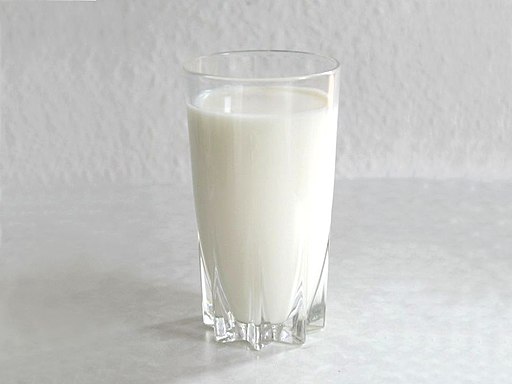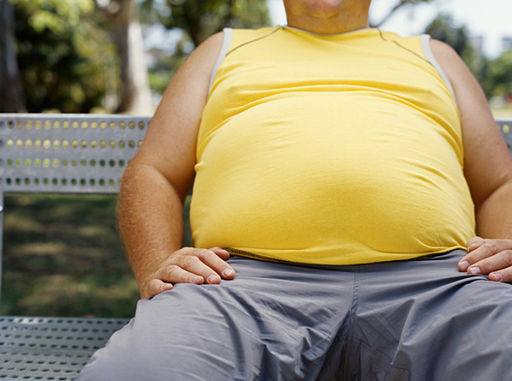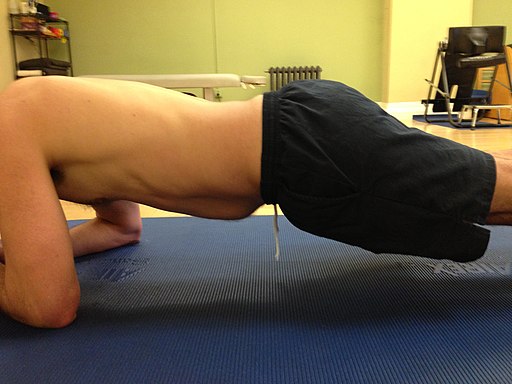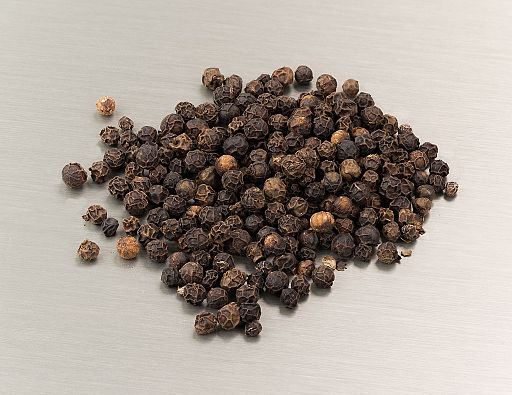Meet the spice that will now allow you to enjoy barbecued food guilt-free: black pepper.
If you’ve been avoiding barbecued food for years, you know it’s because of its carcinogenic properties, which have long caused health advocates to label it as a big dietary no-no. These carcinogenic properties are due to the presence of heterocyclic amines, or HCAs, that form on the surface of meat or vegetables whenever you cook them over high heat on the barbecue.
A long-time lover of barbecued food, Dr. J Scott Smith of Kansas State University has found a solution to this problem. Through his research, we now know that the application of ground black peppercorns to your food can halt HCA production almost completely. That’s right! The carcinogenic properties of barbecued food are almost completely eliminated just by sprinkling enough freshly ground pepper on it.
For anyone who knows a thing or two about black pepper, this is not terribly surprising. Known for centuries as the “King of Spices”, black pepper was so coveted by the people of Europe that it was also called “black gold” and was even used as currency. In the fifth century, Attila the Hun agreed to stop attacking Rome if more than a ton of black pepper was delivered as ransom. Europeans were in such a frenzy for the spice that they accidentally discovered North America while searching for a faster way to get it.
This love of black pepper quickly extended into traditional healing systems as well, with black pepper fast becoming a favoured and well-used component of ancient medicine. In Chinese and Ayurvedic healing traditions, black pepper has been valued for its potent warming, and circulatory stimulating effects, so much so that the Sanskrit name for black pepper is “Maricha”, which means “the sun”.
Black pepper is known to dry up wet, dripping mucus conditions, expel phlegm, and stimulate digestion. In fact, the application of black pepper to your food will increase the bio-availability and absorption of nutrients by an astounding 154%.
It also has well known detoxification properties, with the ability to fight bacteria, and protect against staph and E. coli infections. If a small amount of black pepper is taken at the first sign of a cold or flu, it can halt its progression.
Black pepper can even be used to prevent the depletion of glutathione in the liver, thereby protecting against liver damage.
If that isn’t enough, black pepper is also packed with antioxidants, and due to its circulatory effects, it can be used to increase your libido. Quite simply, black pepper is a wonder spice that has been taken for granted in the modern age, even while it retains a perpetual place in our spice cupboards.
To raise the effect of black pepper against HCA production to nearly 100%, blend it with other antioxidant-rich spices like oregano and garlic. We’ve forgotten that many of the spices we regularly apply to our foods, like basil, dill, or turmeric, have health benefits of their own that can be used to your advantage, in addition to enhancing the flavour of your food.
So, this summer, fear the barbecue no longer! Generously sprinkle a combination of freshly ground black pepper and other of your favourite spices onto burgers and steaks, and enjoy that magnificent barbecue flavour guilt-free.
 http://www.cbc.ca/…/barbecuing-still-linked-to-cancer-but-a…
http://www.cbc.ca/…/barbecuing-still-linked-to-cancer-but-a…









